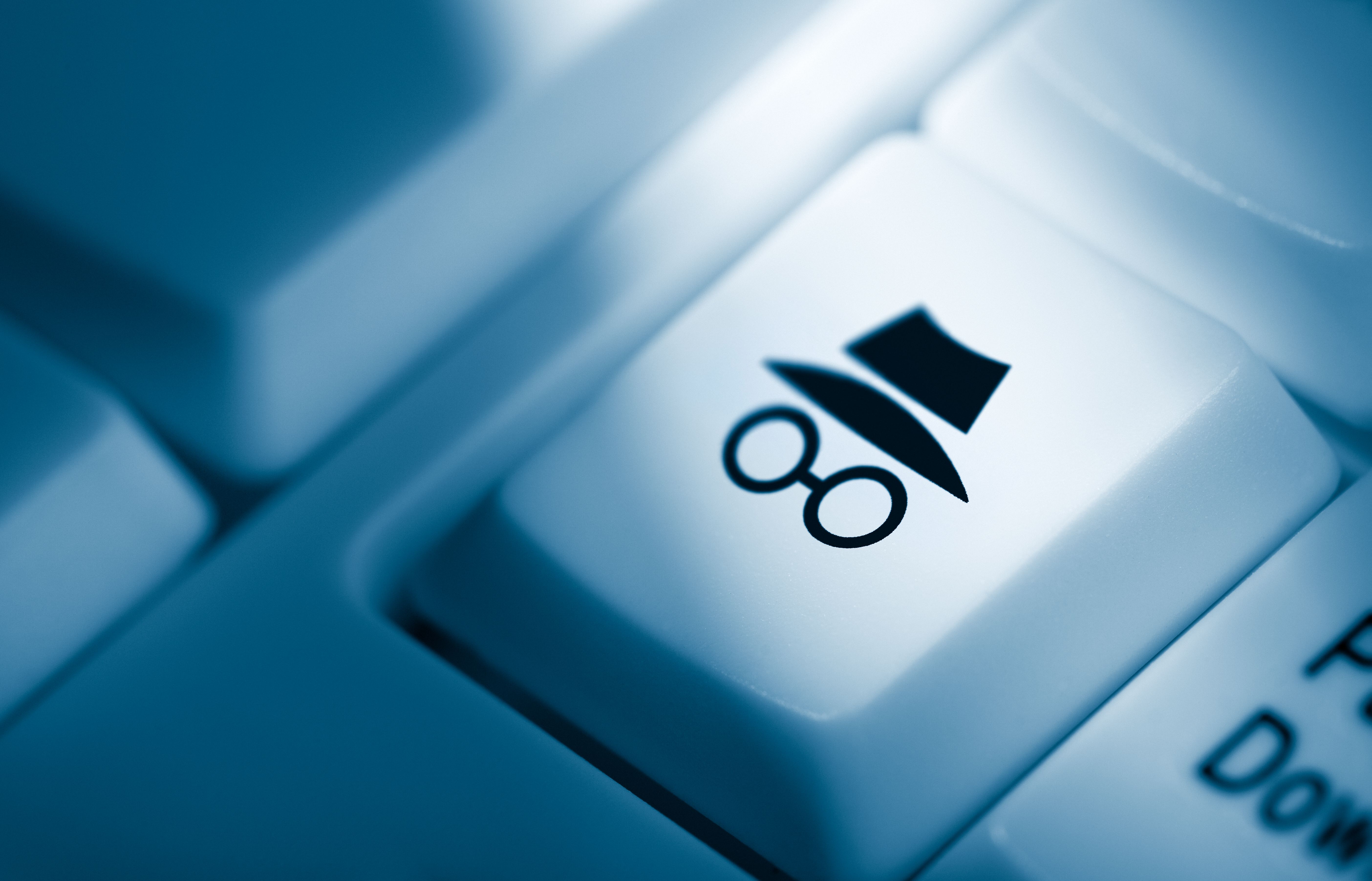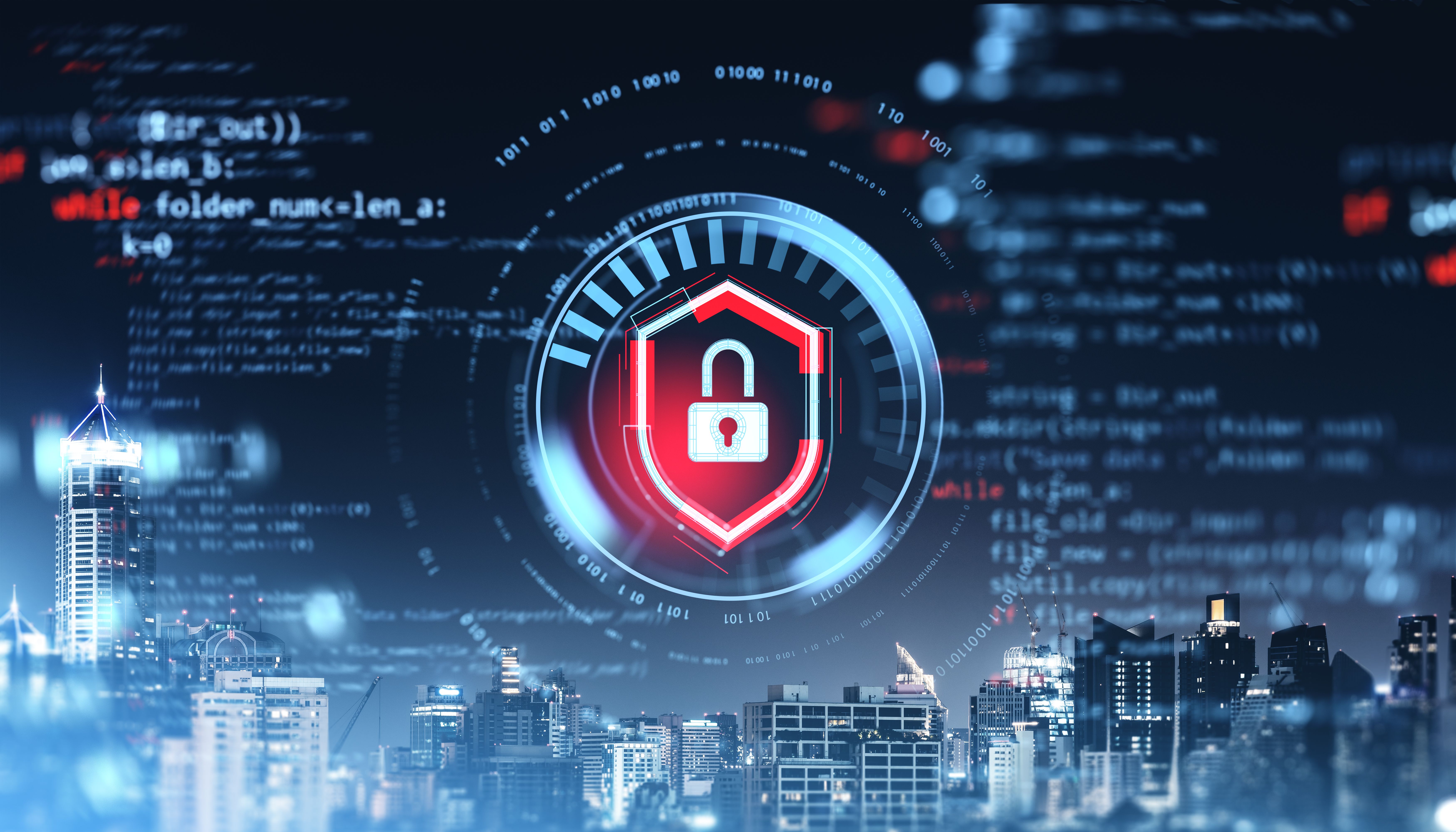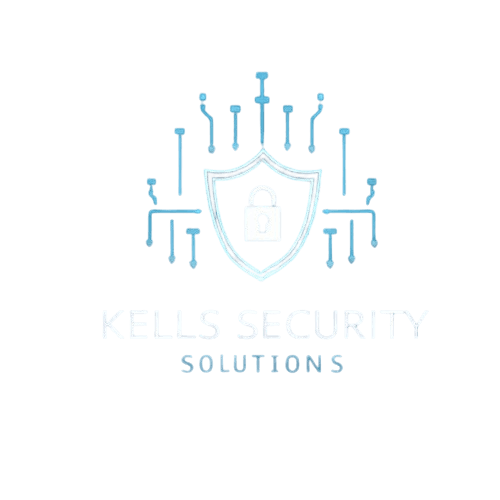How to Stay Safe When Using Public Wi-Fi
We've all been there: you're at a coffee shop, airport, or hotel, and you need to get online. The free public Wi-Fi is tempting, but is it really safe?
The short answer is no, not really.
Public Wi-Fi networks are often unsecured and unencrypted, making them a playground for hackers. Anyone on the same network can potentially see what you're doing, from the websites you visit to the information you type in, including your passwords and credit card details.

What are the risks of using public Wi-Fi?
Man-in-the-Middle (MitM) Attacks: A hacker can position themselves between you and the internet. They can then intercept, read, and even modify the data you send and receive.
Malware and Spyware: Hackers can inject malicious software into your device through an unsecured network, which can compromise your system and steal your data.
Wi-Fi Snooping: This is a simple form of attack where a hacker uses specialised software to "snoop" on data packets as they travel over the network, effectively seeing everything you're doing.
5 Tips to Protect Yourself!
- Avoid sensitive tasks: never access your banking information, make online payments, or log in to accounts with sensitive data while on public Wi-Fi.
- Use a VPN: A Virtual Private Network (VPN) encrypts your internet traffic, creating a secure tunnel between your device and the internet. Even if a hacker intercepts your data, they won't be able to read it.
- Ensure websites use HTTPS: Always check that the websites you visit have "https://" at the beginning of their URL and that there is a padlock icon in the address bar. This indicates a secure connection.
- Turn off file sharing: Ensure that any file-sharing options are turned off on your device. This prevents other users on the same network from accessing your files.
- Use your mobile data: If you absolutely need to handle sensitive information, use your phone's mobile data (4G/5G) instead of a public Wi-Fi network.
By following these simple steps, you can significantly reduce your risk of becoming a victim of cybercrime. The most effective way to protect yourself is by using a reputable VPN every time you connect to a public network.

Recognising Safe Networks
While no public Wi-Fi network is completely secure, some are safer than others. Networks that require a password, especially those provided by reputable businesses, offer an additional layer of security. However, be cautious of networks with easily accessible passwords or those without any security measures in place.
It's also wise to look for networks that use WPA3 encryption, which provides enhanced security compared to older encryption standards like WPA or WEP. If you're unsure about a network's security, it's better to use your mobile data as a safer alternative.
Additional Security Measures
Beyond the basic precautions, there are additional measures you can take to secure your data on public Wi-Fi. Regularly updating your device's operating system and applications ensures you have the latest security patches. Additionally, using strong, unique passwords for all your accounts reduces the risk of unauthorised access.

Consider enabling two-factor authentication (2FA) on critical accounts, such as email and banking services. This adds an extra layer of protection by requiring a second form of verification before accessing your account, making it more difficult for hackers to gain entry even if they have your password.
Conclusion
Navigating the risks of public Wi-Fi requires vigilance and proactive measures to protect your personal information. By understanding the potential threats and implementing effective security practices, you can enjoy the convenience of public Wi-Fi without compromising your privacy. Stay informed and always prioritise security in your digital activities.
